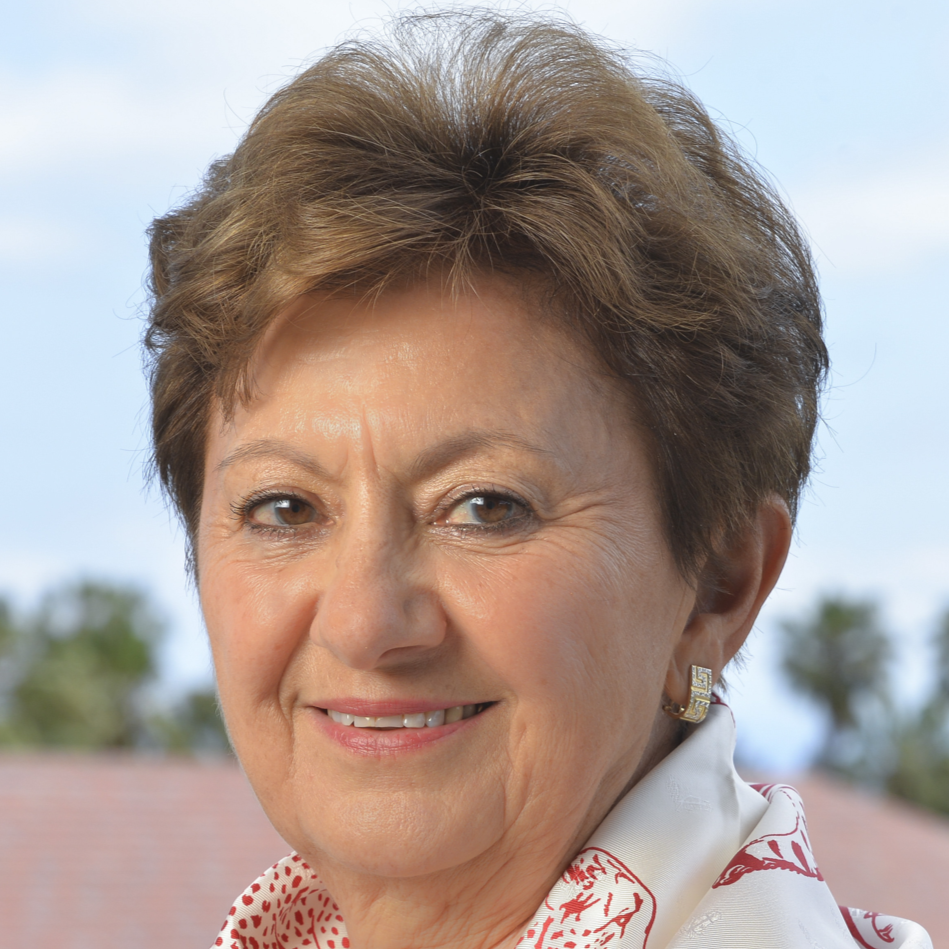
Anne Kiremidjian is the C. L. Peck, Class of 1906 Professor in the School of Engineering at Stanford University where she teaches and conducts research on earthquake hazard, risk, and resilience modeling, and structural health monitoring for extreme events. She and her students have developed some of the first seismic hazard maps for California and all countries in Central America except Mexico, time-dependent earthquake occurrence models, dynamics based analytical fragility functions for buildings, and time-dependent fragility functions for deteriorating structures. In 1985 together with her students and faculty from electrical and mechanical engineering, she developed the first wireless accelerometer and the overall concept of wireless structural health monitoring for which Stanford holds a patent. Her research is published in more than 350 articles. She was the director of the John. A. Blume Earthquake Engineering Center at Stanford and has served on numerous committees and boards at Stanford, various university consortia and national and international organizations. She was a co-founder of two technology companies – K2 Technologies, Inc. and Sensametrics, Inc. She has given more than 40 invited, keynote and distinguished lectures. Dr. Kiremidjian has been recognized with theExtraordinary Achievement Awardin Loss Estimation from Applied Technology Council, the C. Martin Duke Award from the American Society of Civil Engineers, the John Fritz Medal (one of the highest honors across all of engineering)from the American Association of Engineering Societies, the Lifetime Achievement Award in Structural Health Monitoring, and the Egleston Medal from Columbia University (to be awarded on May 30, 2023). She is a member of the National Academy of Engineering, Distinguished Member of the American Society of Civil Engineers, and Honorary Member of the Earthquake Engineering Research Institute.